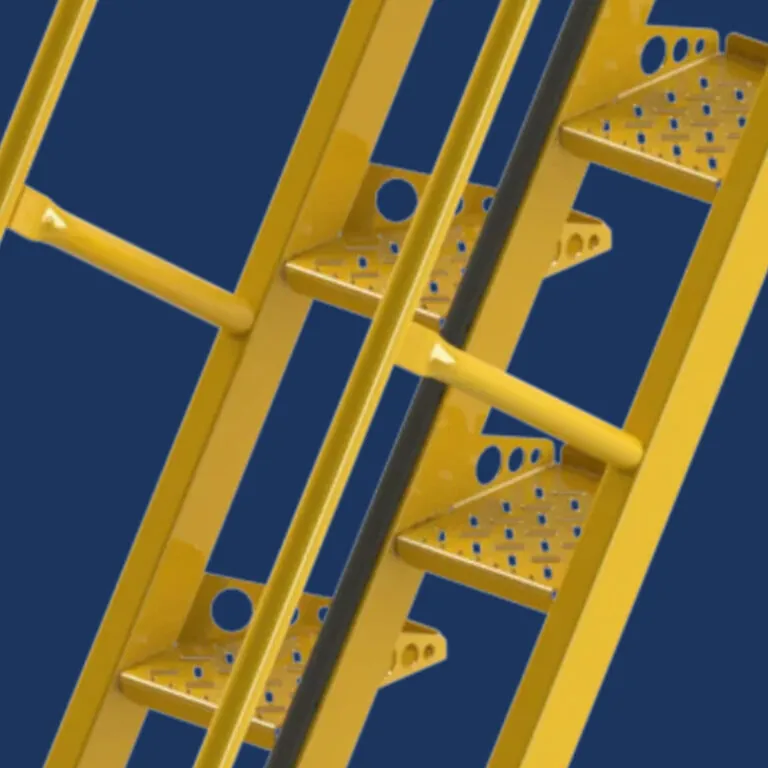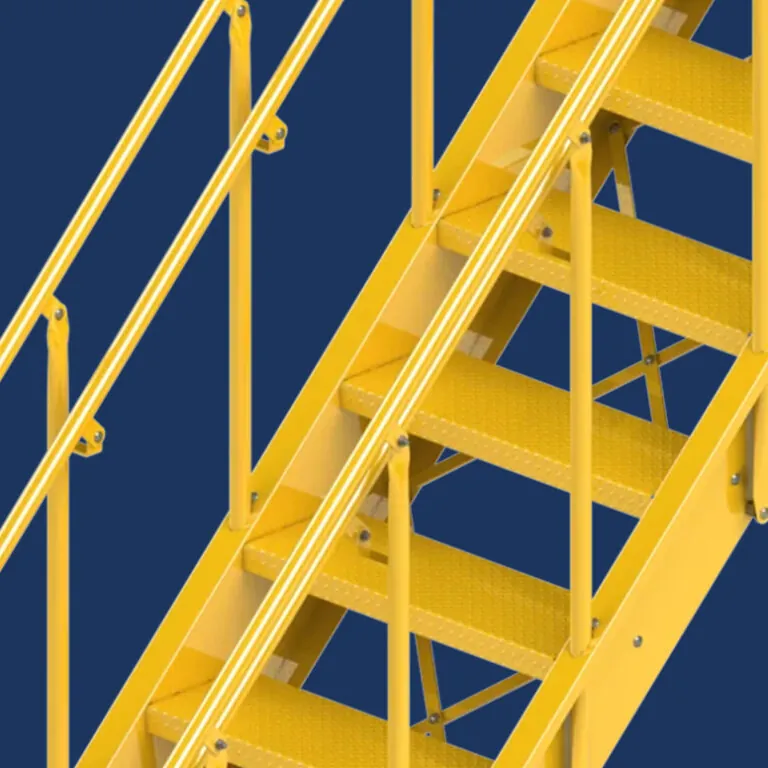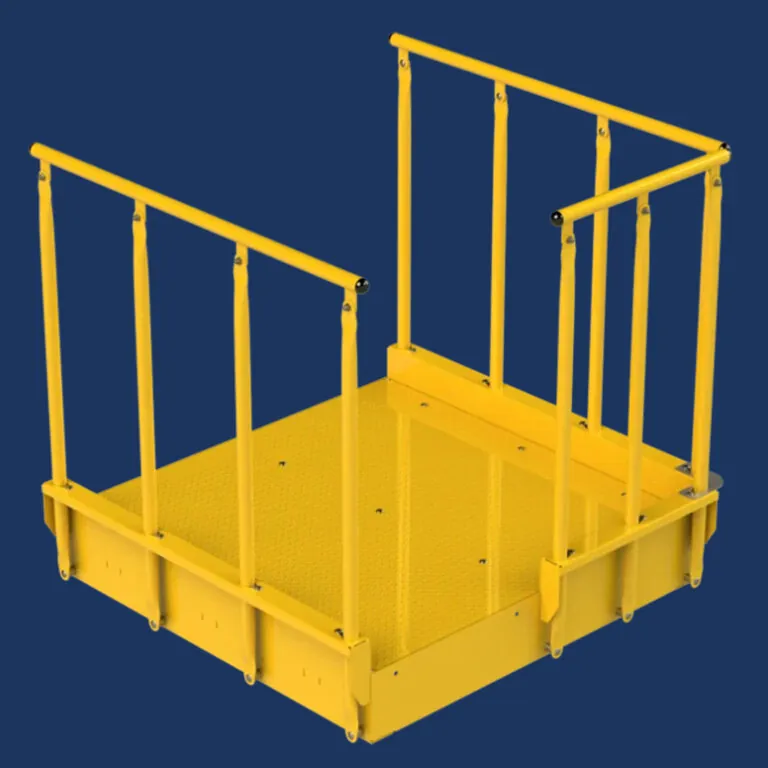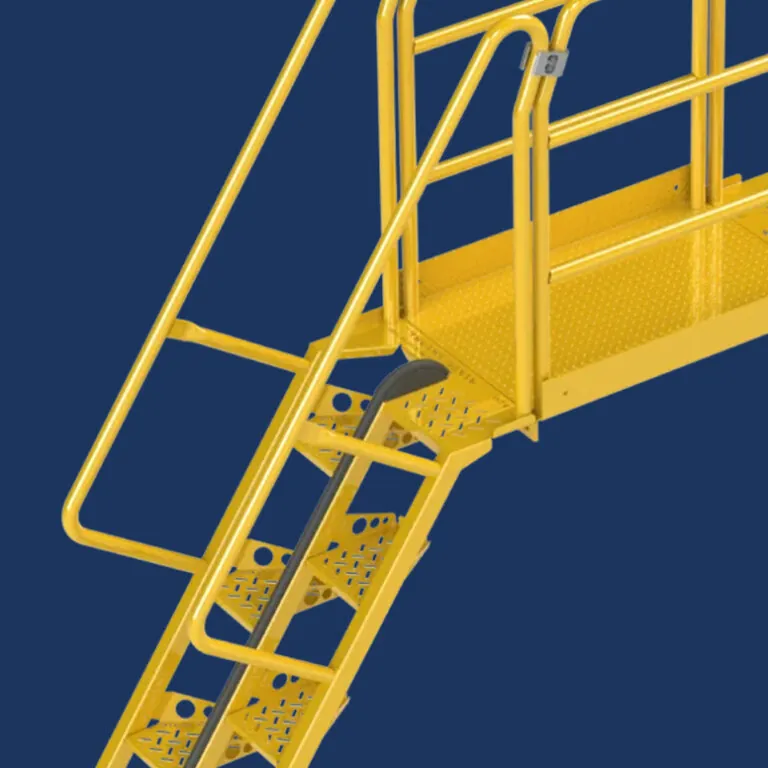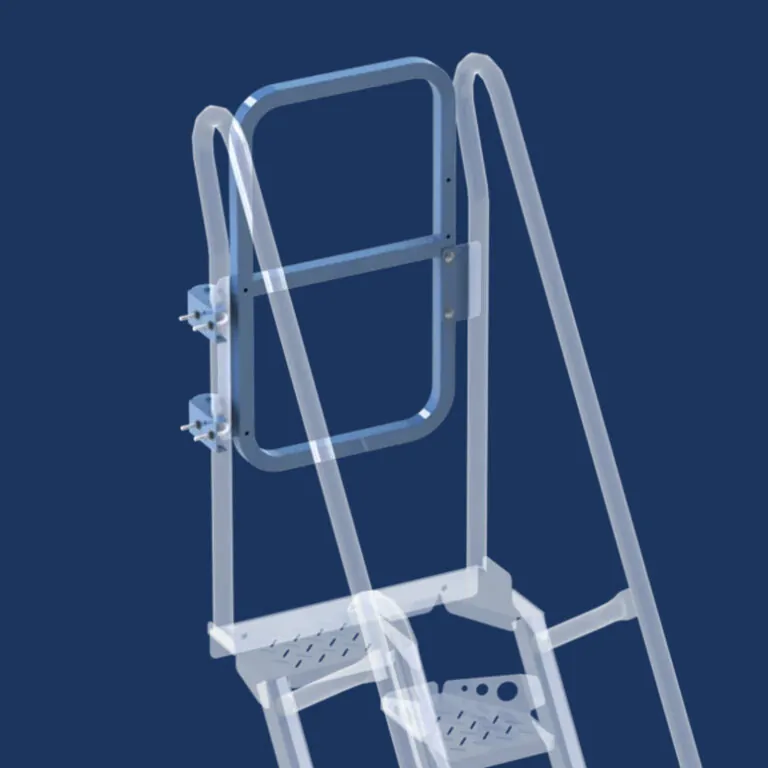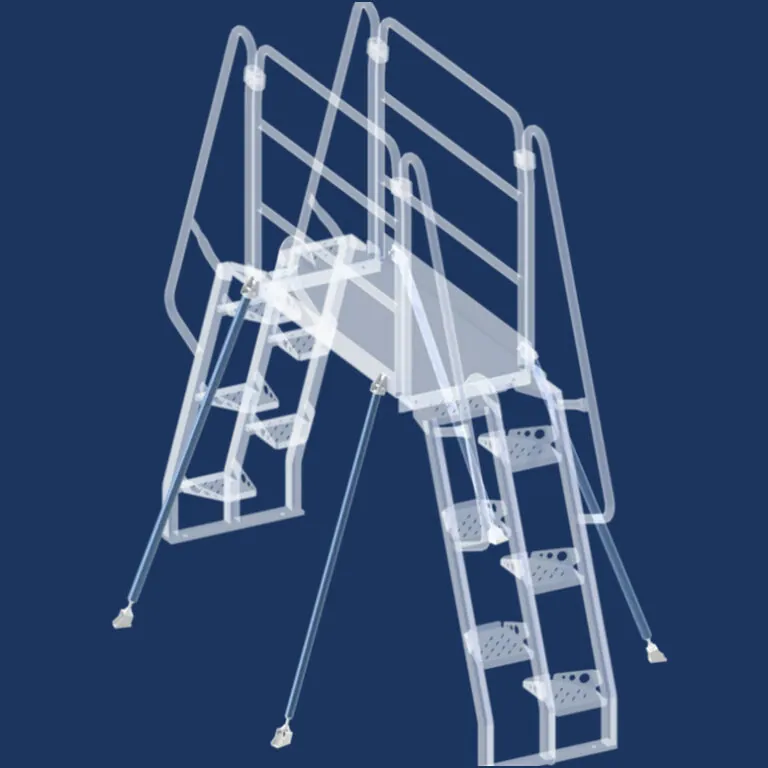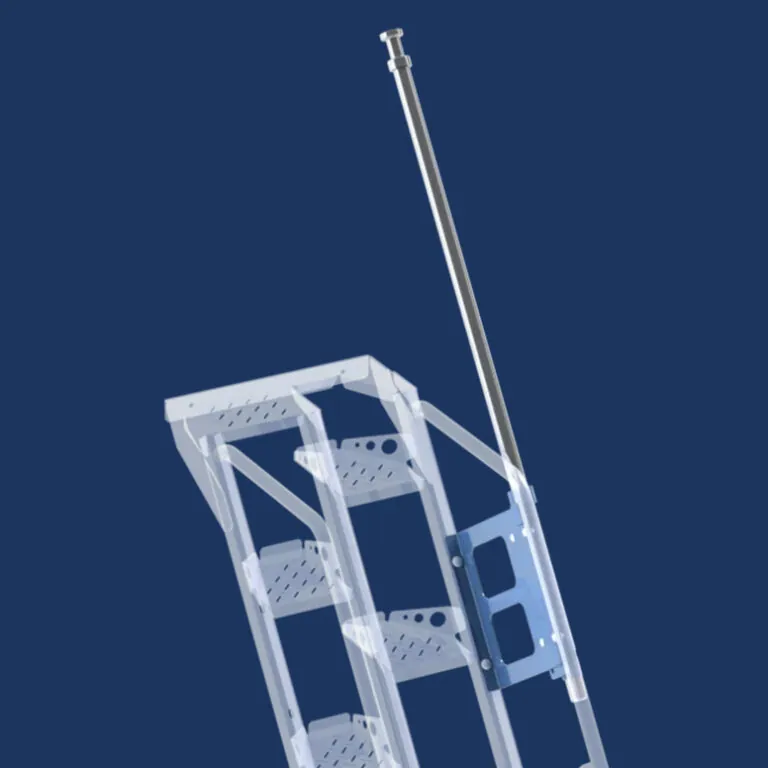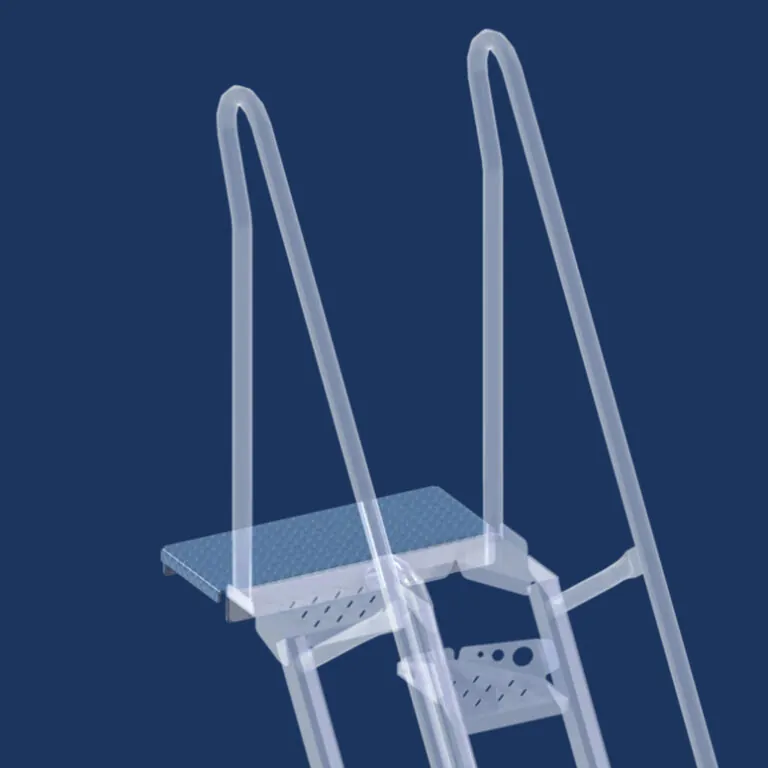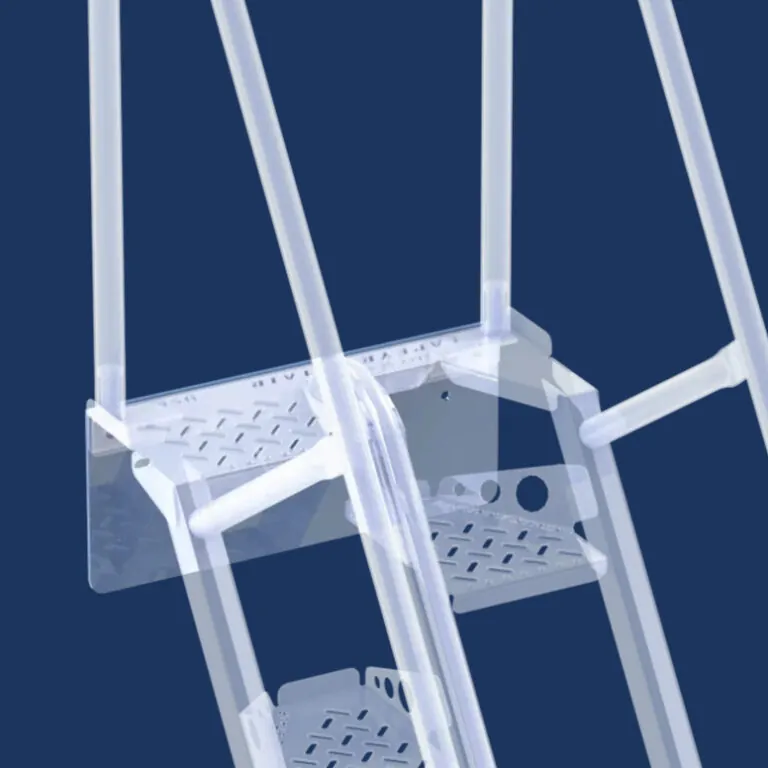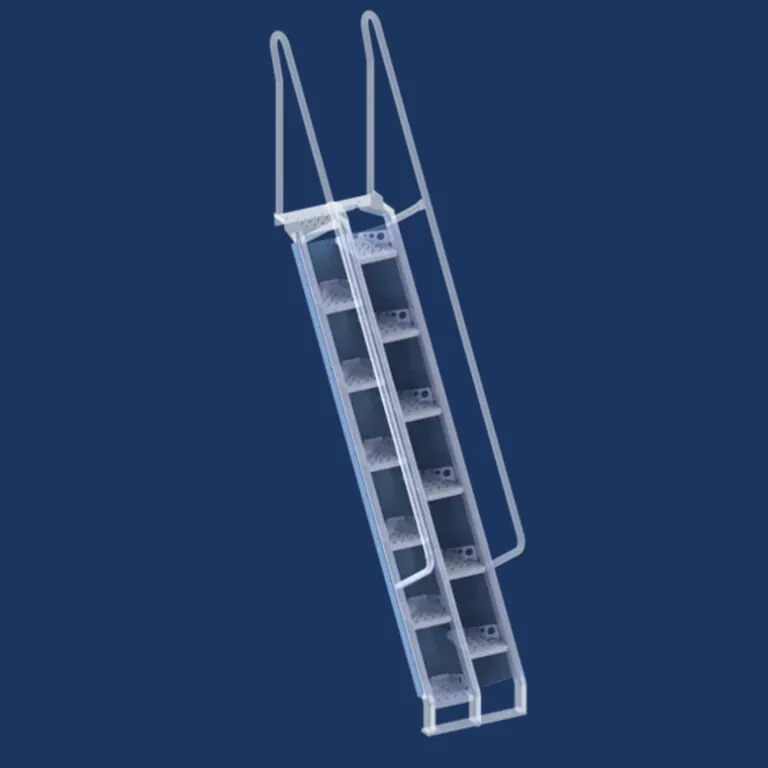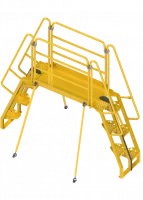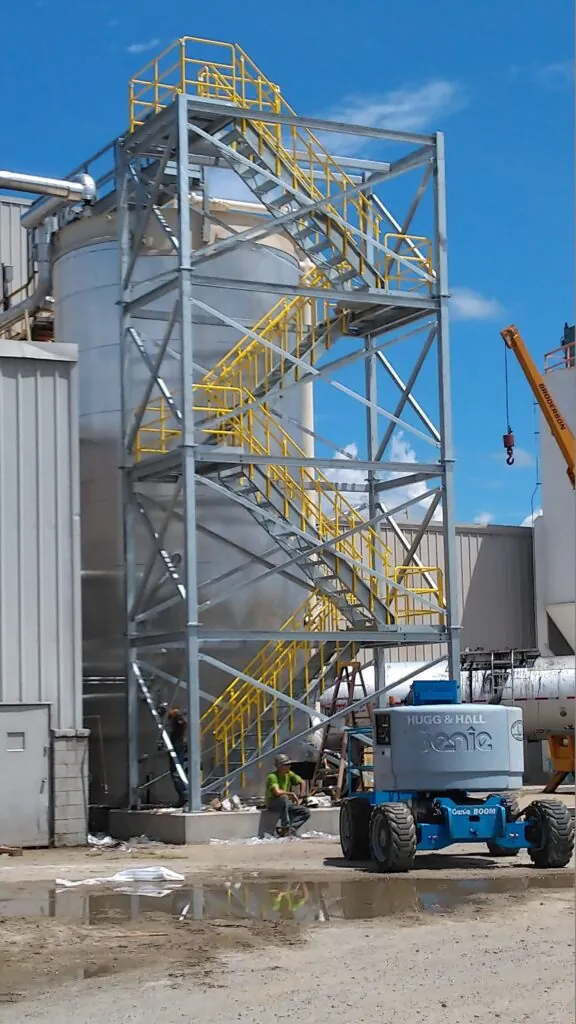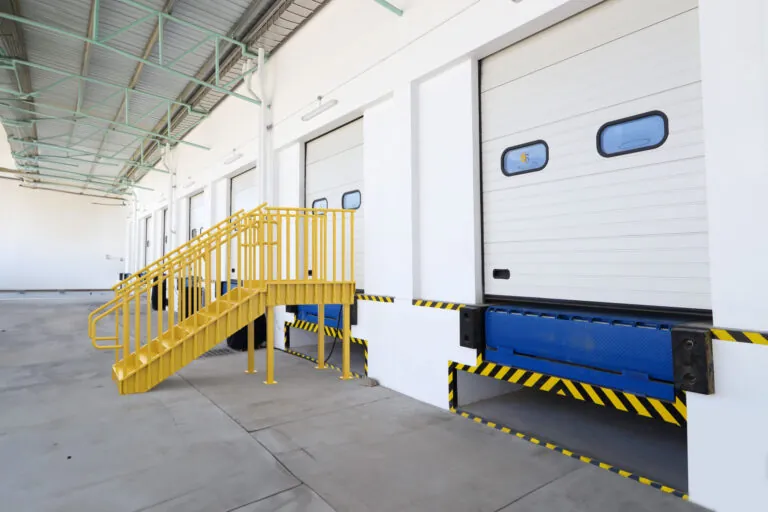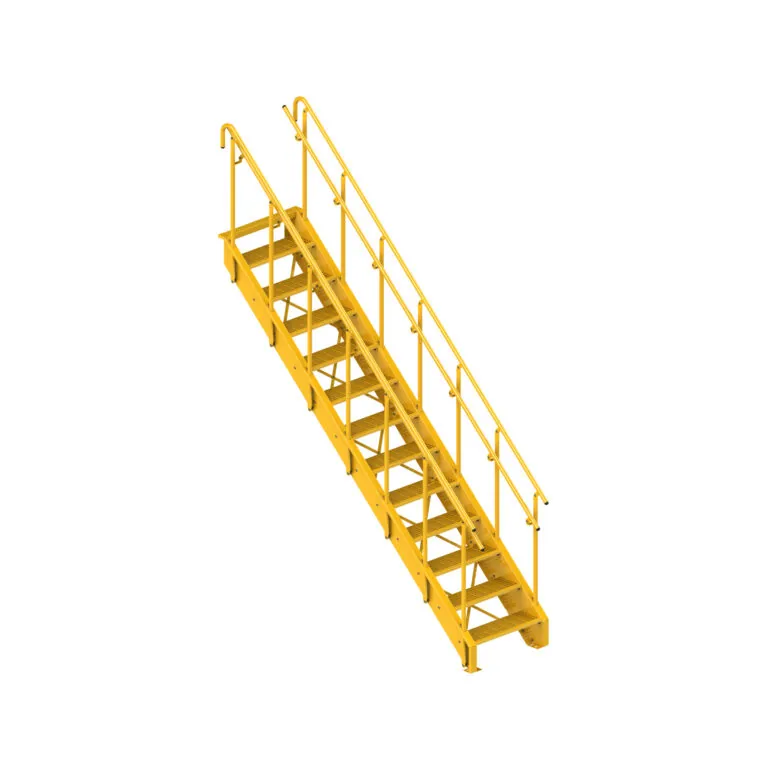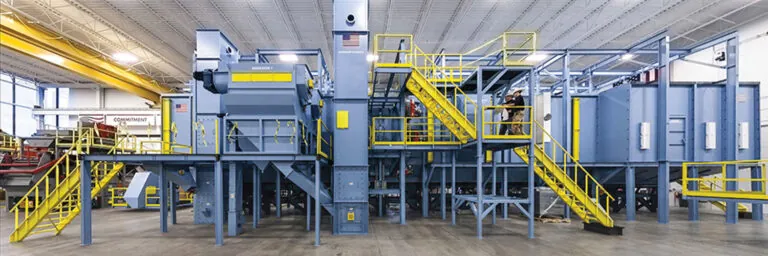Stair towers are sometimes used to provide safe and efficient exterior access between different levels of a building. Stair towers may also be used to reach rooftops and machinery in industrial settings. Whether in commercial, industrial, or residential settings, stair towers must be built to adhere to various legal and compliance standards to ensure the safety of stair users. In this comprehensive guide, we’ll delve into the legal musts for stair tower compliance, exploring key terms, regulations, and considerations of which building owners, managers, and contractors should be aware.
Codes and Compliance
Building Codes
Building codes are sets of regulations governing the design, construction, and occupancy of buildings. They are established by local, state, and national authorities to ensure the safety and welfare of both workers and the general public. Stair towers must be either IBC or OSHA compliant, depending on their intended use and location, as described below.
International Building Code (IBC)
The International Building Code is a commercial building code widely adopted in the United States and other countries. The IBC sets forth comprehensive requirements for the design and construction of stairs which are accessible to the general public or a part of the building structure, including stair towers. IBC code covers aspects such as stair dimensions, tread and riser measurements, handrail specifications, and egress requirements.
Occupational Safety and Health Administration (OSHA) Standards
OSHA is a federal agency responsible for establishing and enforcing workplace safety and health standards. OSHA regulations apply to stair towers accessible only to specific workers at factories, plants, construction sites, and other settings. OSHA’s standards cover aspects such as stair design, guardrails, handrails, and slip resistance.
Key Legal Terms and Definitions
Egress
Egress refers to the means of exiting a building or structure. Stair towers play a critical role in providing safe egress routes for building occupants and workers during emergencies such as fires, earthquakes, or other disasters.
Occupant Load
Occupant load is the maximum number of people allowed in a building or space at any given time. Stair towers must be designed and constructed to accommodate the expected occupant load of the building they serve, ensuring safe and efficient evacuation during emergencies.
Guardrails
Guardrails are barriers installed along open sides of stair towers to prevent falls. They must meet specific height, strength, and spacing requirements to provide adequate protection for users.
Handrails
Handrails are graspable rails installed along stair towers to provide support and stability for users. They must be of appropriate height, shape, and strength to assist individuals in navigating stairs safely and comfortably.
Tread and Riser
Tread refers to the horizontal surface of a stair step, while riser refers to the vertical distance between consecutive treads. Building codes typically specify maximum and minimum dimensions for treads and risers to ensure a safe and comfortable stairway design.
Compliance Considerations for Stair Towers
Dimensional Requirements
Stair towers must comply with dimensional requirements outlined in building codes and regulations. These requirements cover aspects such as stair width, tread depth, riser height, headroom clearance, and stairway slope. Ensuring compliance with dimensional requirements is essential for providing safe access for stair tower users.
Handrail and Guardrail Requirements
Stair towers must be equipped with handrails and guardrails that meet specific requirements for height, strength, and spacing. Handrails must be provided on at least one side of stairways and ramps, with additional handrails required for wider stairways or ramps. Guardrails must be installed along open sides of stair towers and platforms to prevent falls.
Slip Resistance
Stair treads and landings must provide adequate slip resistance to reduce the risk of slips and falls, especially in wet or slippery conditions. Building codes may specify requirements for tread materials, surface treatments, and slip resistance coefficients to ensure safe stair tower design.
Emergency Lighting and Signage
Stair towers should be equipped with emergency lighting and signage to ensure visibility and way finding during emergencies. Emergency lighting systems should provide illumination along stairways and exits in the event of power outages or other emergencies. Signage should be clear, legible, and prominently displayed to direct occupants to emergency exits and evacuation routes.
Liability and Legal Risks
Failure to comply with legal and compliance requirements for stair towers can expose building owners, managers, and contractors to liability and legal risks. Non-compliant stair towers may increase the likelihood of accidents, injuries, or fatalities, resulting in potential lawsuits, fines, or penalties. Additionally, non-compliance with building codes and regulations may lead to delays, cost overruns, and reputational damage for construction projects and building operations. It is essential for stakeholders to prioritize stair tower compliance to mitigate liability and legal risks and ensure the safety and well-being of both workers and the general public.
Conclusion
Stair towers can be essential in providing access and egress routes for users. Compliance with legal and regulatory requirements is essential to ensure the safety and functionality of stair towers. Building owners, managers, and contractors must be familiar with building codes, regulations, and legal terms governing stair tower design and construction. By adhering to legal musts for stair tower compliance, stakeholders can create a safer environment for stair users and mitigate liability and legal risks associated with non-compliance.

